Have you ever heard of Liberty Tea? This isn’t just another blend on the grocery shelf; it’s a historical beverage steeped in the spirit of American resistance and resourcefulness.
In the 18th century, when colonists protested the unfair tea taxes imposed by the British crown, they turned to their gardens and resources to create a unique “tea” alternative.
This herbal and fruit infusion, aptly named Liberty Tea, became a symbol of defiance and self-reliance, and its story continues to resonate today.
The Birth of Liberty Tea
Following the infamous Boston Tea Party of 1773, a wave of resistance against British taxes swept across the colonies. One target of this resistance was the Tea Act, which granted a monopoly to the British East India Company for tea imports.

Colonists, outraged by the perceived unfairness of the tax and the company’s monopoly, refused to buy British tea.
However tea was a popular beverage in the colonies, and many were unwilling to give it up entirely. Enter Liberty Tea. Resourceful colonists turned to their local flora and fauna to create their caffeine-free beverages.
Using ingredients like dried leaves, flowers, fruits, herbs, and roots, they crafted diverse and flavorful blends. Popular choices included sassafras, mint, raspberry leaves, chamomile, and even apple peels.
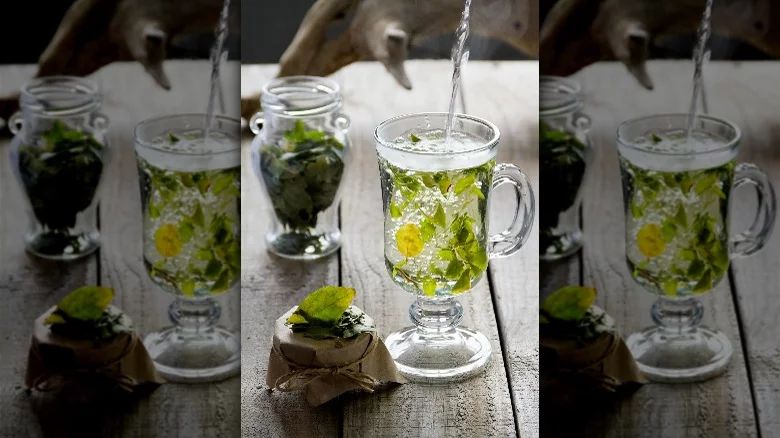
These homemade alternatives served multiple purposes. They provided a hot beverage to warm chilly evenings and fueled social gatherings. But more importantly, they symbolized the colonists’ rejection of British control and their commitment to self-sufficiency.
Drinking Liberty Tea became a way to express solidarity and support for the growing independence movement.
The Enduring Legacy of Liberty Tea
While the American Revolution eventually ended British rule, Liberty Tea’s legacy continued. These herbal blends remained popular throughout the 19th century, particularly in rural areas where access to imported tea was limited.

However, with the rise of mass-produced tea brands in the 20th century, Liberty Tea gradually faded from mainstream awareness.
In recent years, however, there has been a renewed interest in heritage foods and historical recipes. Liberty Tea has experienced a resurgence as people rediscover its unique story and flavorful possibilities.
Modern herbalists and tea companies are now offering their own Liberty Tea blends, often incorporating historical recipes and ingredients.
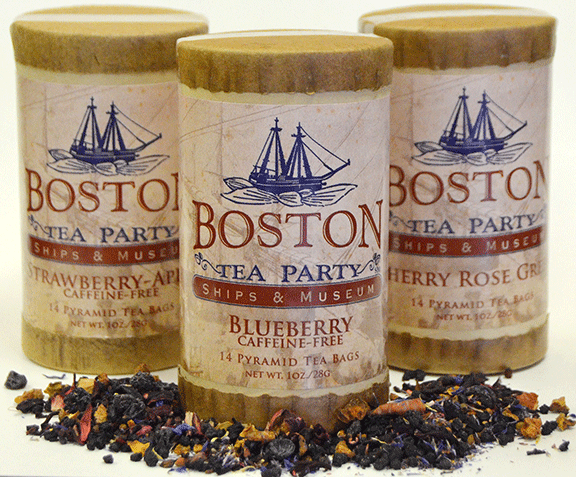
The Cultural Significance of Liberty Tea
Liberty Tea is more than just a cup of tea; it’s a symbol of American independence, resilience, and self-reliance. It represents a time when people took matters into their own hands and created something unique and meaningful from their resources.
As you sip on your homemade Liberty Tea, remember the story behind it and the spirit of resistance that it embodies.
Exploring the Flavors and Varieties of Liberty Tea
The beauty of Liberty Tea lies in its diversity. There’s no single recipe, as countless variations were created using locally available ingredients. Some popular historical blends included:
- New Jersey Tea: Made from the leaves of the Clethra alnifolia plant, which has a flavor similar to black tea.
- Redroot: Used the root of the Ceanothus americanus plant, known for its earthy and slightly sweet taste.
- Peppermint Tea: A refreshing and soothing infusion made from dried peppermint leaves.
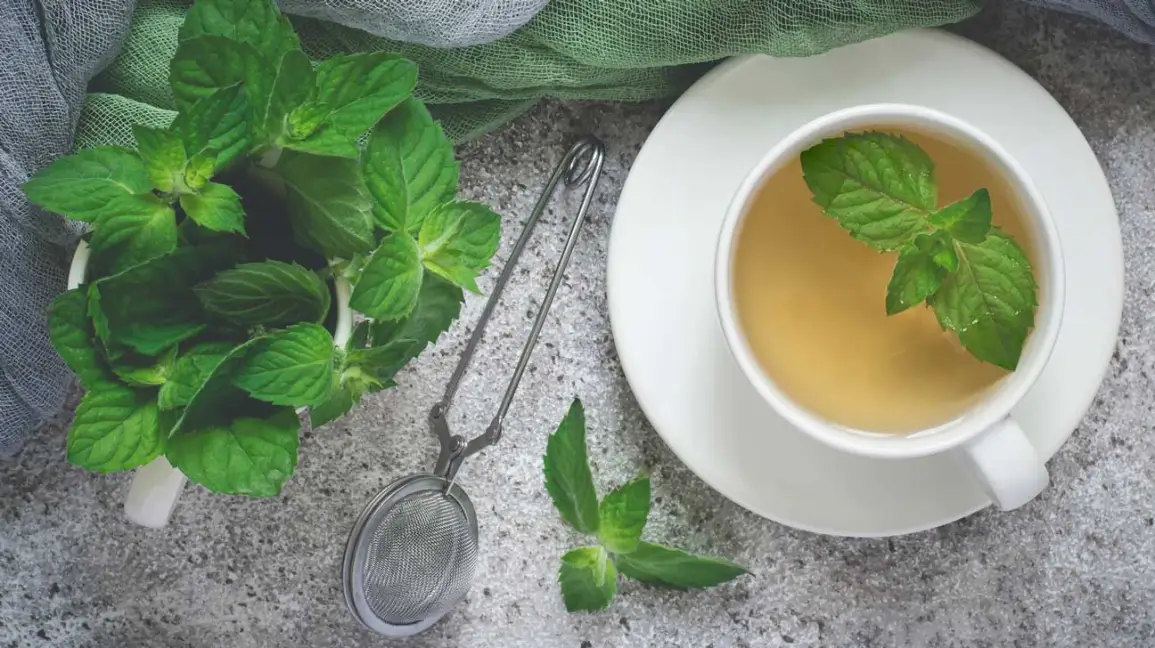
- Elderflower Tea: A floral and slightly sweet tea prepared with elderflower blossoms.
- Rosehip Tea: High in vitamin C and offering a tart and tangy flavor.
Modern Liberty Tea blends often draw inspiration from these historical recipes while incorporating additional fruits, spices, and herbs. This allows for endless flavor combinations, catering to every taste bud.
Brewing Your Liberty Tea
Making your own Liberty Tea is a delightful way to connect with history and create a unique and flavorful beverage.
Here’s a basic guide:
- Choose your ingredients: You can use historical recipes or experiment with your combinations. Popular choices include dried fruits, herbs, spices, and flowers like chamomile, elderflower, rosehips, mint, and lavender.
- Measure and prepare: Measure your chosen ingredients according to the recipe or your desired taste. Some ingredients, like fruits or roots, may need to be chopped or bruised before steeping.
- Steep and enjoy: Use hot water (not boiling) and steep your tea for 5-10 minutes, depending on the ingredients. Strain and enjoy your homemade Liberty Tea, savoring the taste of history and resourcefulness.
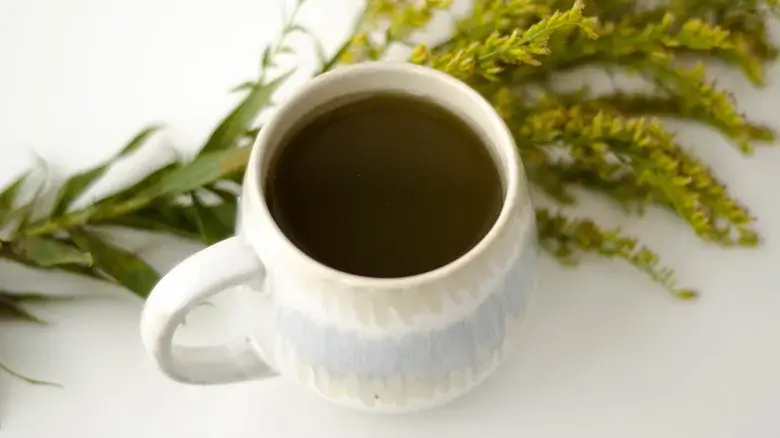
Is Liberty Tea Good for You?
Many of the herbs and fruits used in Liberty Tea have potential health benefits. For example, chamomile is known for its calming properties, peppermint aids digestion, and rosehips are rich in vitamin C.
However, it’s important to remember that every blend is different, and you should research the specific ingredients you’re using before making any claims about their health benefits.
Potential Health Benefits of Liberty Tea
While the primary appeal of Liberty Tea lies in its historical significance and unique flavors, some of the ingredients used in these blends may offer potential health benefits.
It’s important to note that the specific benefits will depend on the ingredients in your particular blend.
- Digestive Support: Many of the herbs used in Liberty Tea, such as peppermint and chamomile, are known for their digestive-soothing properties. These can help alleviate issues like bloating, gas, and mild stomach discomfort.
- Antioxidant Power: Ingredients like rosehips and certain berries are rich in antioxidants, which can help protect your cells from oxidative stress and support overall health.
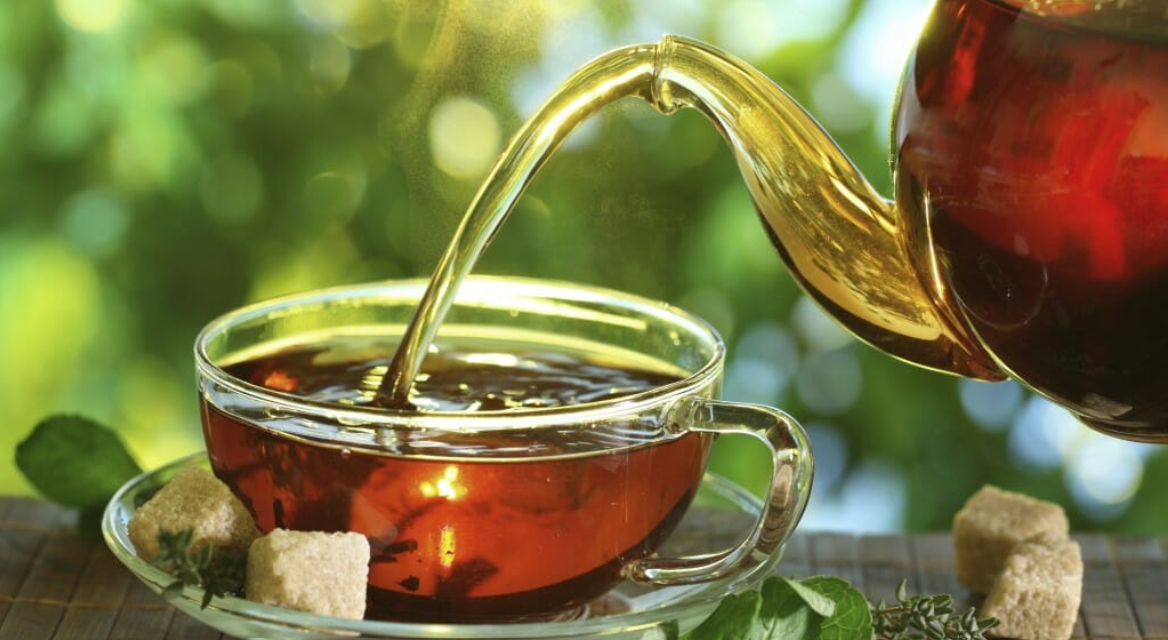
- Immune Boosting: Some Liberty Tea blends may incorporate vitamin C-rich ingredients like rosehip, which can contribute to a stronger immune system.
- Stress Relief: The relaxing and calming properties of herbs like chamomile and lemon balm may help promote a sense of tranquility and well-being.
Remember, while these potential benefits are worth considering, it’s always a good idea to consult with a healthcare professional, especially if you have any underlying health conditions or are taking medications.
Does Liberty Tea Contain Caffeine?
No, Liberty Tea is naturally caffeine-free as it doesn’t use any tea leaves in its traditional blends. The ingredients are primarily herbs, fruits, flowers, and spices, all of which are naturally caffeine-free.
Brewing Tips for the Perfect Liberty Tea
Crafting the perfect cup of Liberty Tea requires a bit of experimentation and attention to detail.
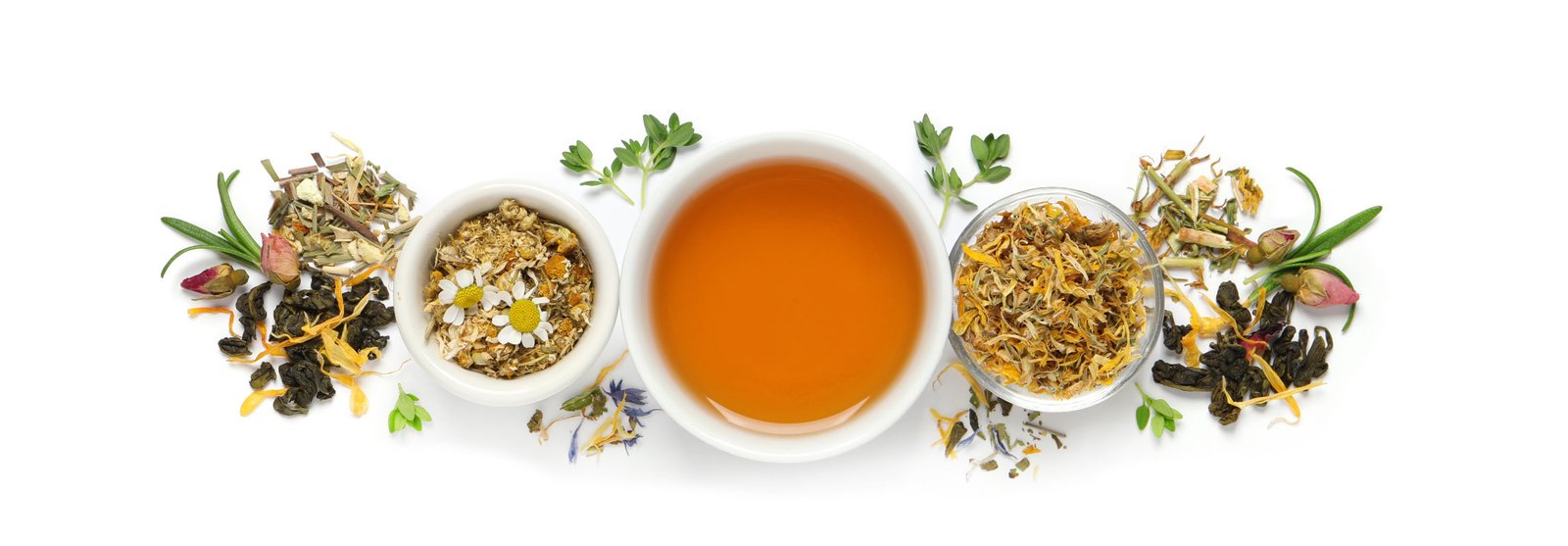
Here are some tips to help you brew the most flavorful and satisfying cup:
- Use Filtered Water: The quality of the water you use can significantly impact the taste of your tea. Opt for filtered or spring water to ensure the best possible flavor.
- Adjust Water Temperature: For most Liberty Tea blends, a water temperature around 195°F (91°C) is ideal. This helps extract the flavors without burning the delicate herbs and fruits.
- Measure Carefully: Use about 1-2 teaspoons of dried tea blend per 8 oz (240 ml) of water. Adjust the amount to suit your taste preferences.
- Steep Time: Let your Liberty Tea steep for 5-10 minutes, depending on the ingredients. This allows the flavors to fully develop and infuse into the water.
- Strain Thoroughly: Use a fine-mesh strainer or tea infuser to remove all the solid ingredients from your brewed tea, ensuring a clean and smooth sipping experience.
- Experiment with Sweeteners: If you prefer a sweeter tea, try adding a touch of honey, maple syrup, or even a sprinkling of cinnamon or vanilla extract.
- Chill and Enjoy: For a refreshing iced tea, simply allow your brewed Liberty Tea to cool completely, then pour it over ice. You can also experiment with chilling the tea and serving it over ice cubes made from the tea itself.
Remember, the joy of Liberty Tea lies in the process of discovery and the connection to history. Feel free to experiment with different ingredient combinations and brewing methods to find your perfect cup.
The Resurgence of Liberty Tea
In recent years, there’s been growing interest in reviving Liberty Tea traditions. As people seek stories behind their food and drinks, this historical tea has found a new audience.
Specialty shops, herbalists, and small producers now offer unique Liberty Tea interpretations, blending historical and contemporary flavors.
The resurgence reflects a desire to reconnect with our cultural heritage. Sipping these infusions transports us to when colonists stood against oppression through creative independence.
Moreover, Liberty Tea’s principles of sustainability and self-reliance resonate with conscious consumers seeking mindful, eco-friendly options.
Exploring this revival honors the resilience and ingenuity of our ancestors. Each cup reminds us of the power of community and the American spirit.
The Future of Liberty Tea
As Liberty Tea’s popularity grows, we’ll see more diverse interpretations, with blenders experimenting to combine past and present.
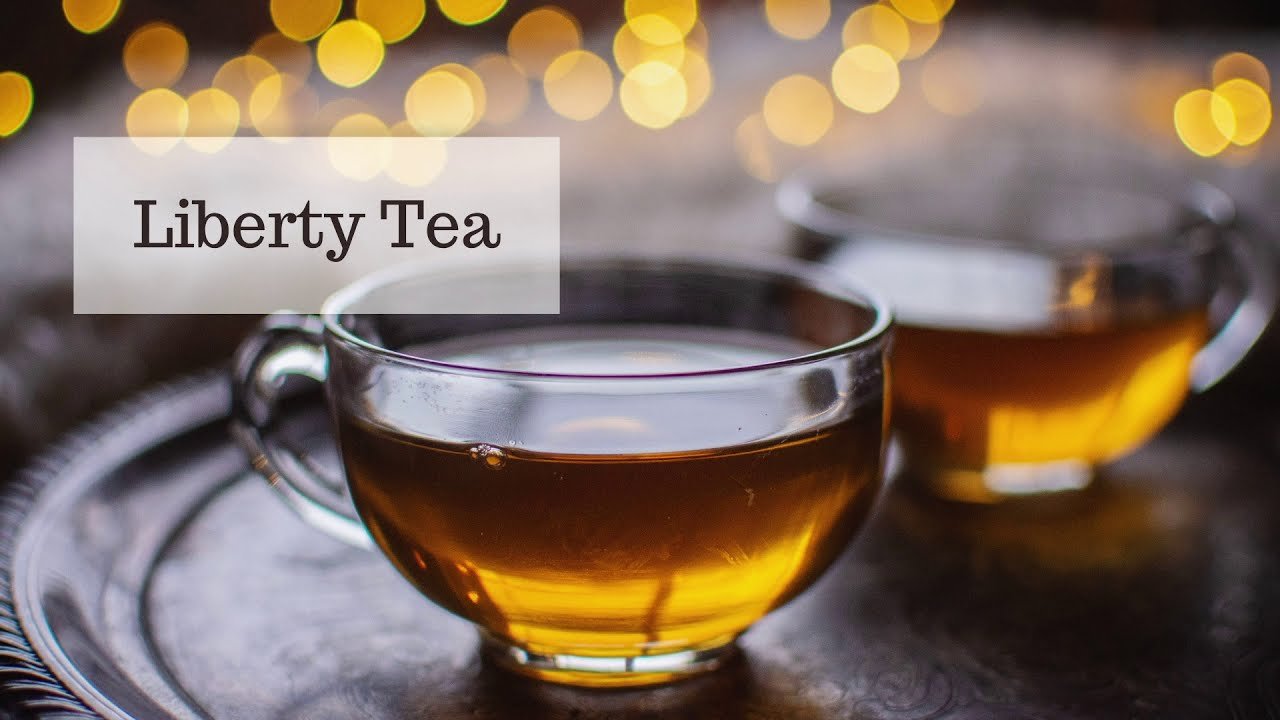
Increased accessibility is exciting, as more producers offer these blends, widening exposure to this unique history and fostering cultural awareness.
Liberty Tea’s principles may also become increasingly relevant as sustainability and local sourcing trends intensify, aligning with demands for eco-friendly, small-scale producers.
Beyond tea, Liberty Tea’s spirit could inspire novel product developments, capturing its historical essence.
Liberty Tea’s true power lies in connecting the past to a more self-reliant, community-driven future, reminding us of American resilience.
I encourage all – tea enthusiasts, history buffs, and the curious – to explore this storied beverage, discovering the flavors and tales that have endured.
FAQs about Liberty Tea
Where Can I Buy Liberty Tea?
Some specialty tea shops and online retailers sell pre-made Liberty Tea blends. Alternatively, you can recreate historical recipes or create your unique blends using readily available ingredients like dried fruits, herbs, and spices.
Is Liberty Tea Just a Fancy Name for Herbal Tea?
While both are caffeine-free infusions made with plants, Liberty Tea carries a specific historical significance tied to the American Revolution and the resistance against British tea taxes. It represents a unique moment of community and resourcefulness, adding a layer of meaning beyond just the beverage itself.
What Are Some Popular Modern Liberty Tea Blends?
Many companies offer their interpretations of Liberty Tea, often incorporating historical ingredients like sassafras and redroot alongside contemporary favorites like ginger, hibiscus, and citrus peels. Popular blends often focus on specific themes like relaxation, energy, or specific flavor profiles.
Can I Make Liberty Tea With Fresh Ingredients?
Absolutely! If you have access to a garden or local farmers market, you can experiment with fresh herbs, fruits, and flowers to create your own seasonal Liberty Tea blends. Just ensure the ingredients are safe for consumption and properly cleaned before using them.
